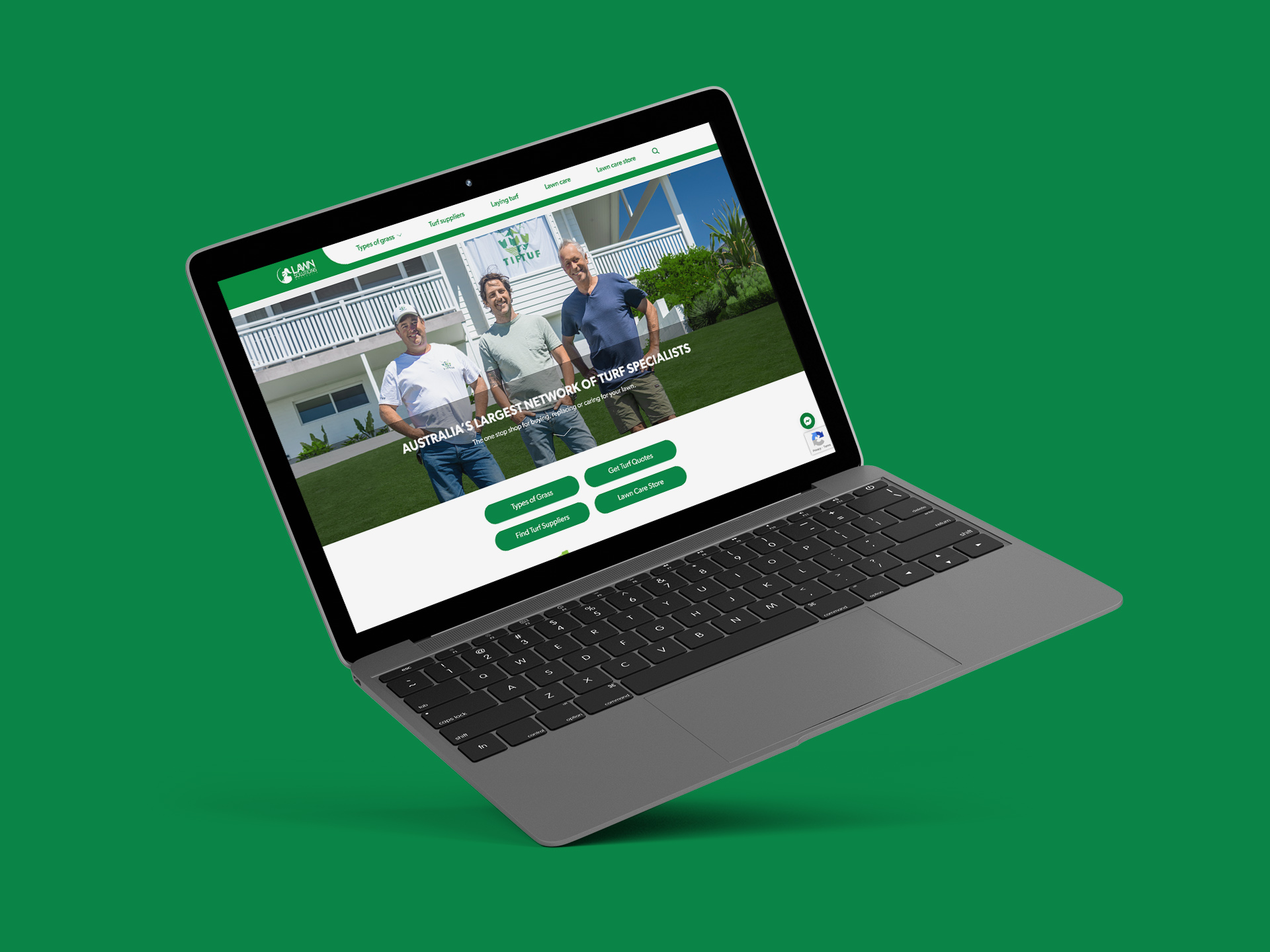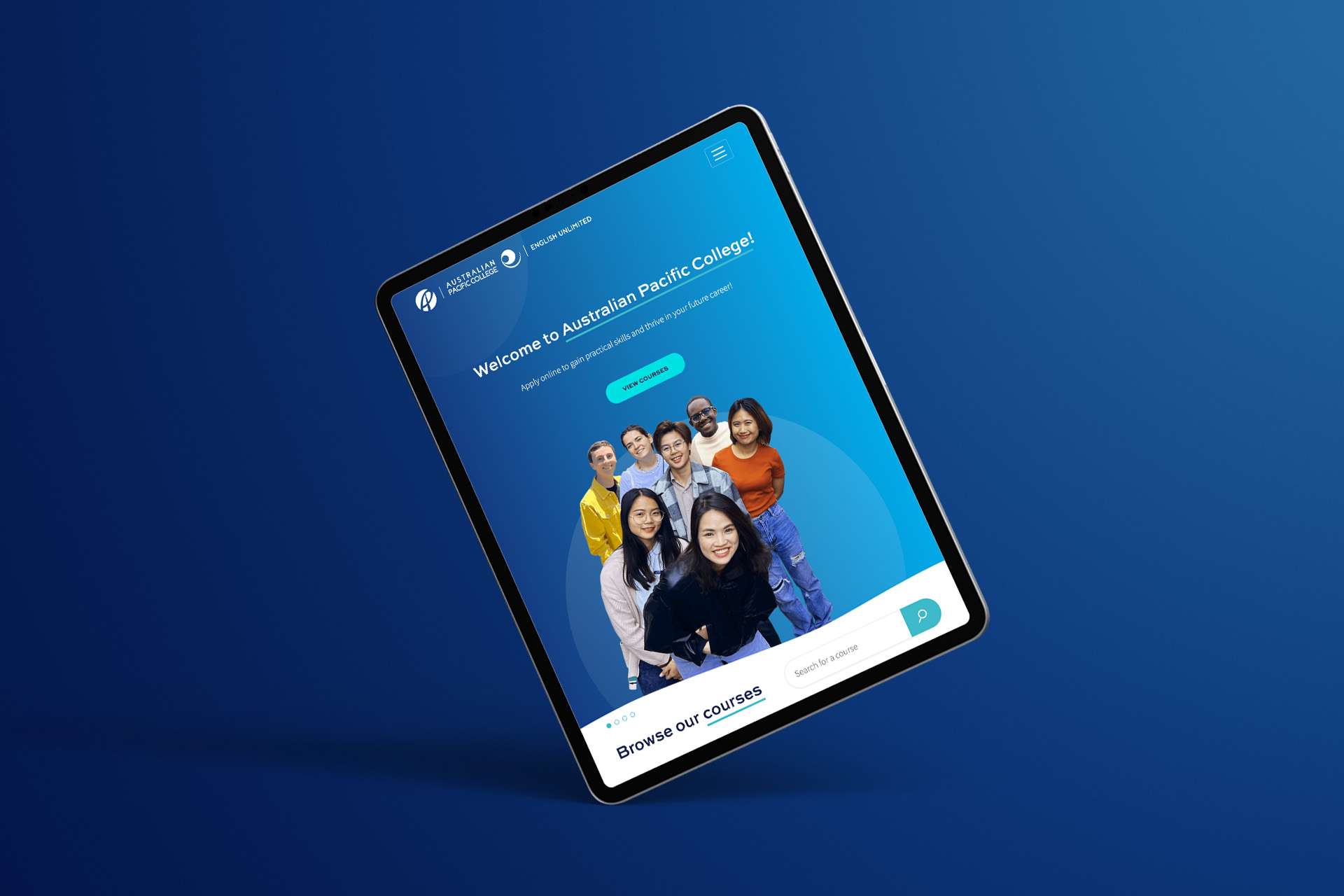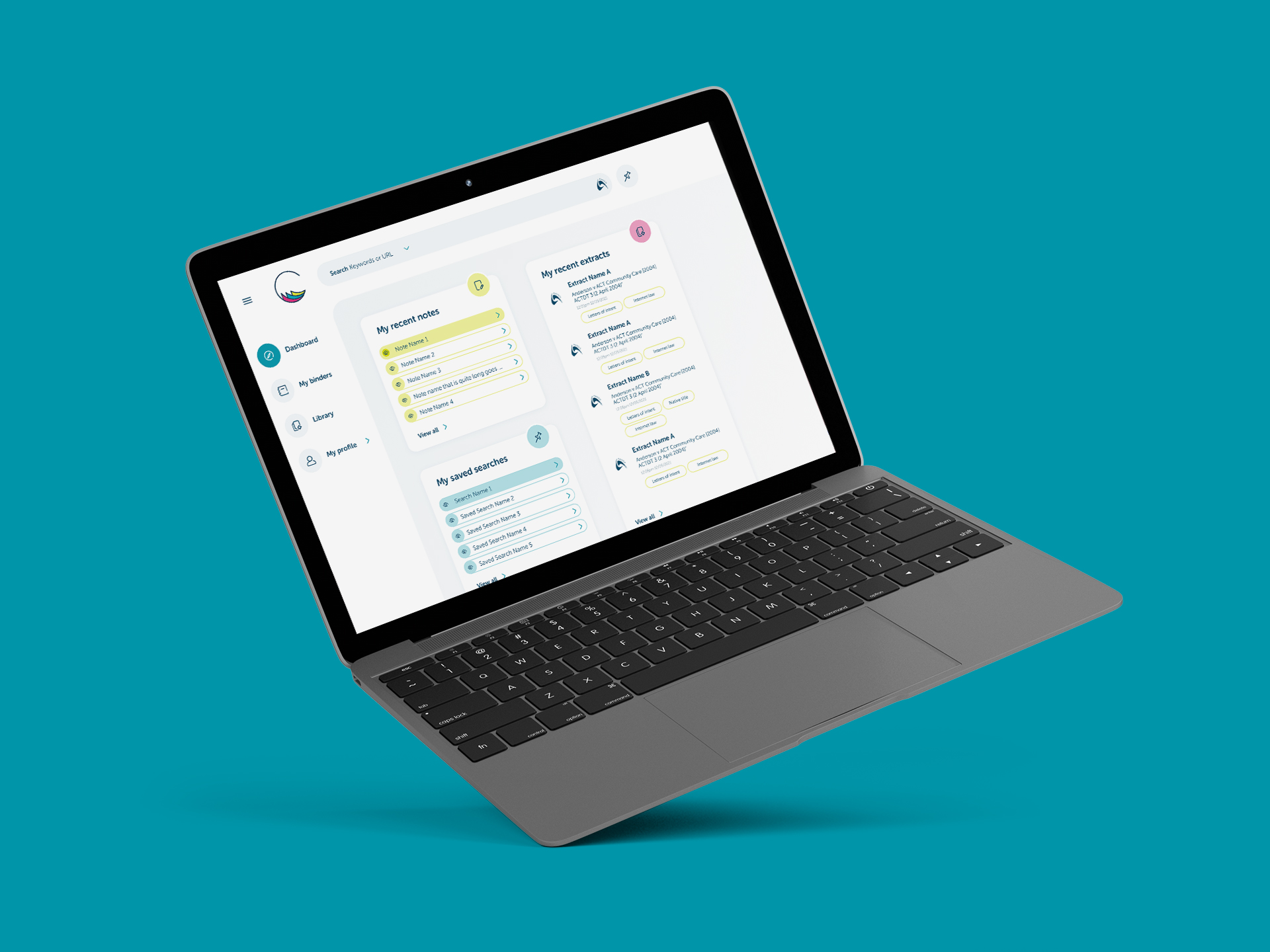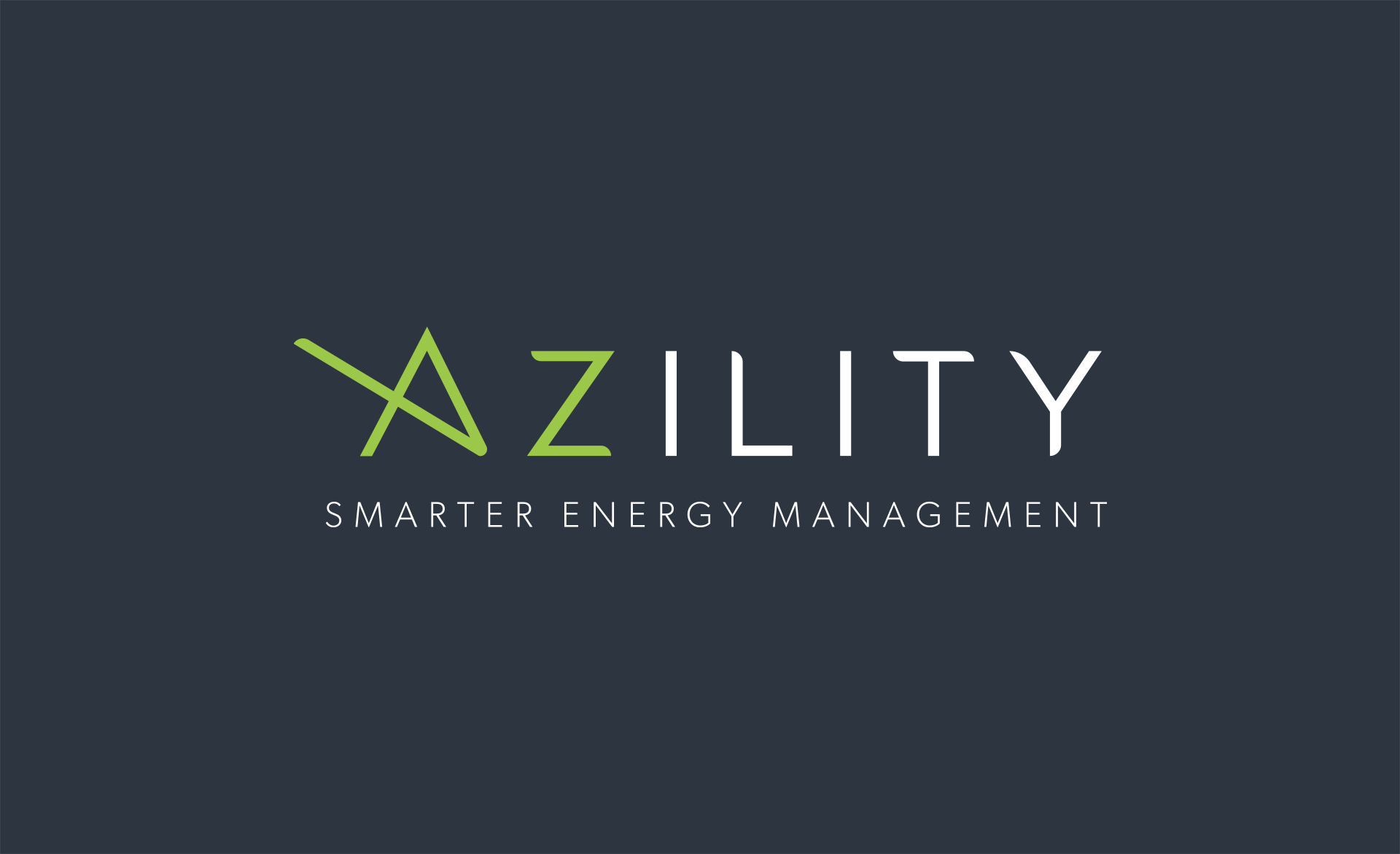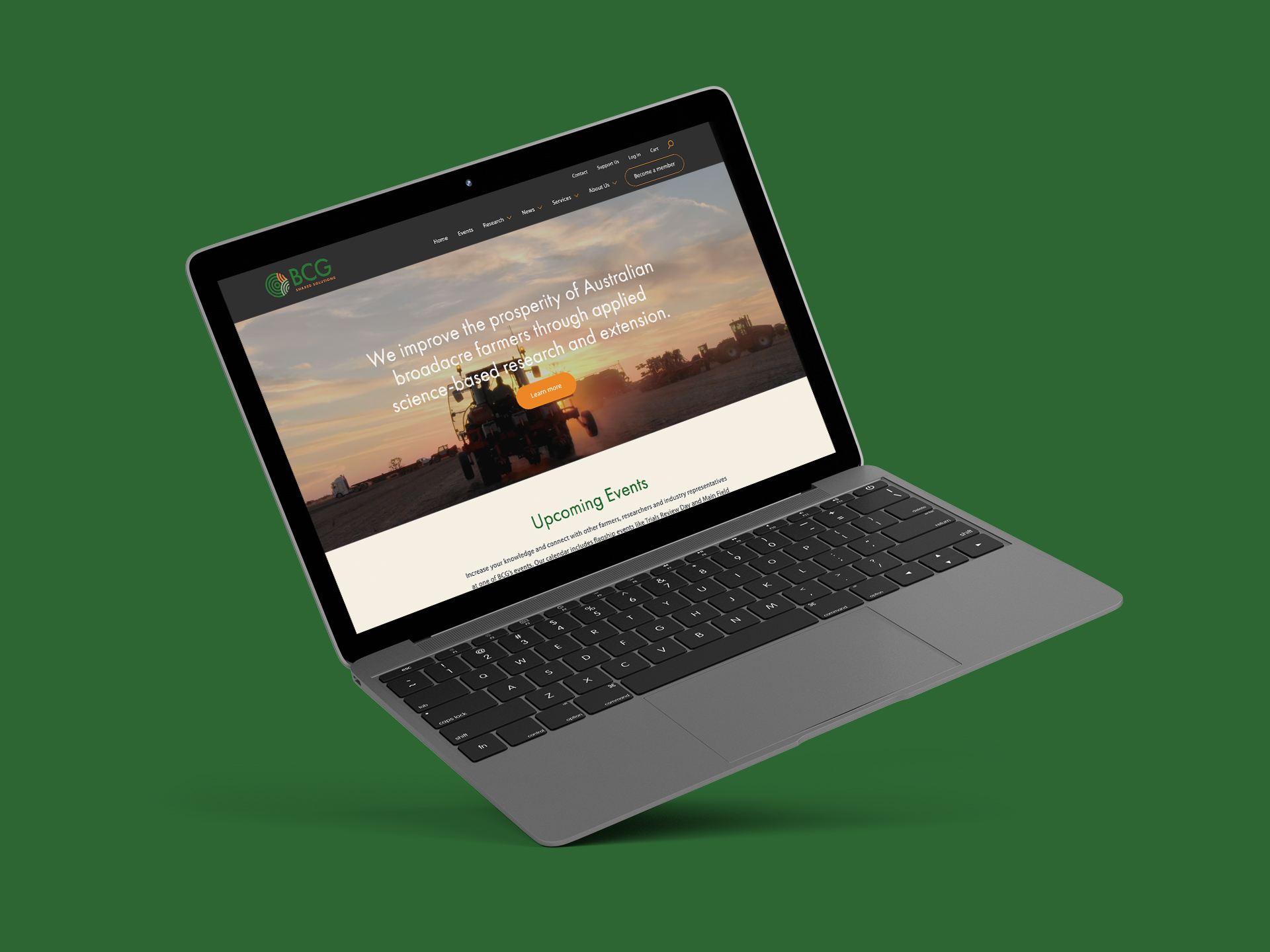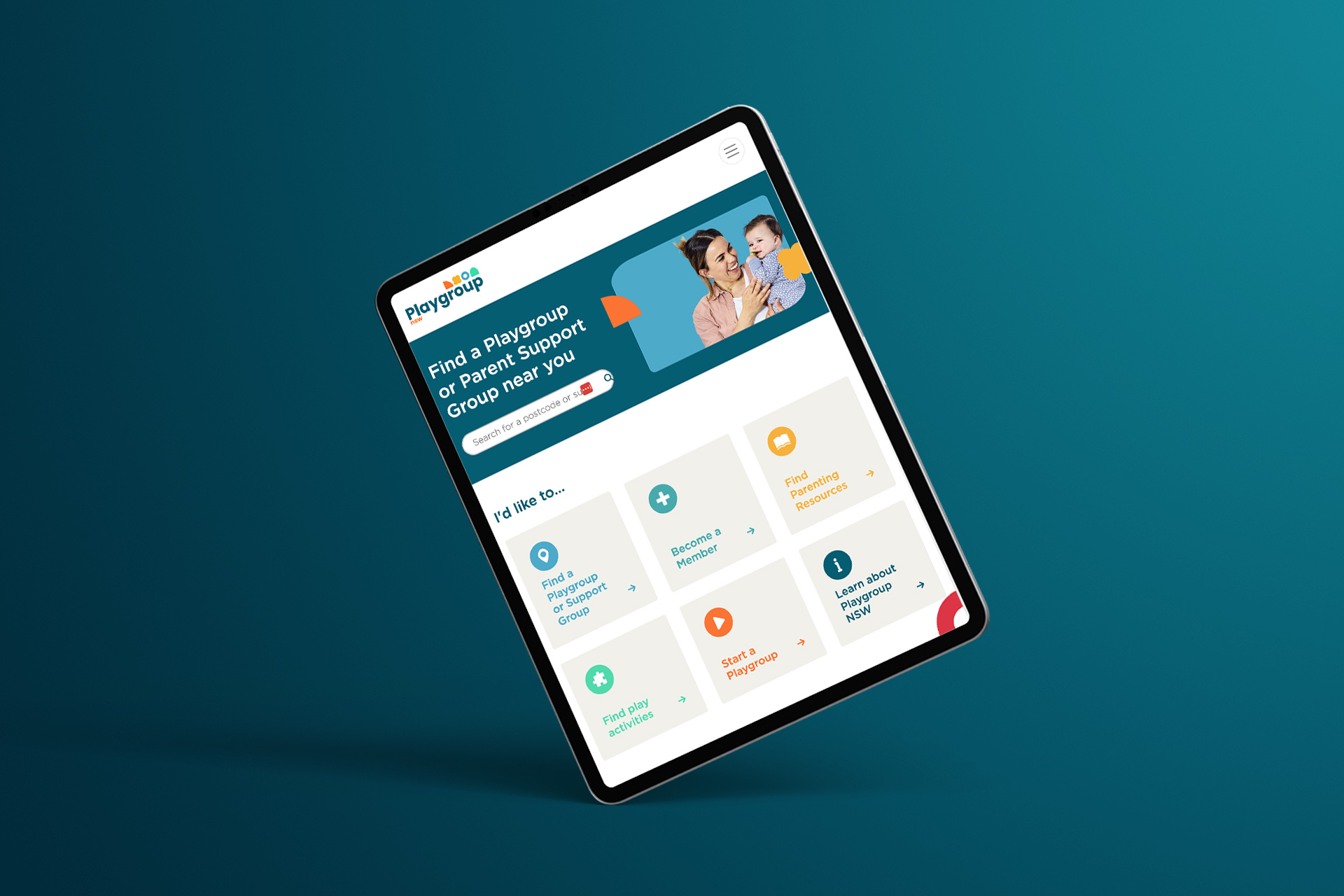User Experience Design Studio
Customer-centred digital product design
When you're creating something new or innovative, there is an inherent risk that it won't be understood by your customers. User Experience Design (UX) is the process of reducing the risk of failure by involving your customers in the design process.
Anthony and Emma, the owners at Handmade, met when they were both managers at one of Australia's largest customer experience design firms, as Creative Director and Practice Director respectively. User Experience is still close to their hearts today.

User Research & Customer Personas
Understanding users before design starts
When designing something for the best possible customer experience, we first need to understand the needs and goals of the target market. User research involves qualitative methods (interviews, contextual inquiry to uncover latent user requirements, by observing customers and discussing how they currently get things done.
Once we have understood the current users and their experience, we create customer personas that guide the design team by facilitating an empathetic mindset. From here we can safely innovate – envisaging solutions to real customer problems observed during the research.
User Journeys & Wireframes
Specifying the user's experience.
As we move from defining user requirements to envisaging how to solve for them, we need methods to explain how the system will be experienced by users.
User journeys and flow diagrams show how a user moves from one screen to the next. Wireframes are low-fidelity screen layouts that what information would be on each screen, without showing the details of visual design treatments. These are quicker to change and iterate than final designs, but detailed enough to get the idea of what the experience will be like.


Usability Testing
Testing that users 'get it'
Testing the user experience design, with real customers, is the only way to know whether they understand it and find it intuitive. The best time for usability testing is before the visual design has begun because we can get great feedback on the wireframes before we've invested too much time. The wireframes can be quickly changed and shown to customers again to fix issues that arise in testing.
Usability testing requires a fair amount of time and investment, so in practice, we look at where we think there is the most risk in not doing it and where the process would most benefit from involving users to validate our design assumptions.
When we aren't doing the testing ourselves, we have partners who employ innovative methods to do user testing in person, and/or remotely. Talk to us about what testing approach we'd recommend for your project.




